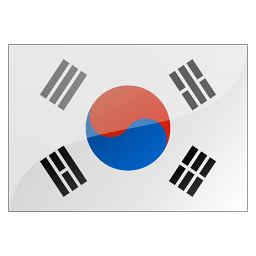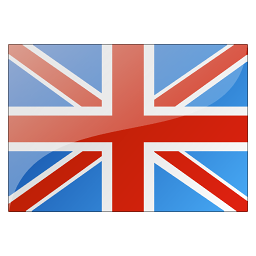



Vagabonds guide till Jeju. Tips på hur du reser hit, boende och prisläge.

Sydkoreas huvudstad är en mångmiljonstad och ett neonblinkande virrvarr där natten är kung och selfiepinnarnas kamerablixtar blinkar non-stop. Vi guidar till de skönaste kvarteren, bästa shoppingställena och sevärdheterna du inte vill missa.

Some of Seoul’s most charming neighborhoods are clustered in an arc across three of the city’s guardian mountains. To the east, beside Naksan, you’ll find the student and performing-arts hub of Daehangno. Moving anticlockwise across to Bukaksan is Seongbuk-dong, an affluent residential district with excellent museums. Buam-dong further west is the starting point for hikes along the scenic Seoul City Wall, while the slopes of Inwangsan are home to the city’s most famous shamanist shrine. Continuing south there's a park dedicated to the country’s independence at Seodaemun.

Despite its proximity to Seoraksan National Park, Sokcho (속초) is more of a fishing town than a tourist hub. The main commercial activity – and its attendant aromas – are clustered along the waterfront. For most domestic tourists the main draw is the chance to sup on fresh raw fish with the tang of salt in the air. Seafood restaurant Abai Shikdang has been particularly attractive to visitors since its vintage eatery appeared in K-drama Autumn in My Heart. The beaches get crowded on New Year’s Eve when people gather to watch the first sunrise of the year.

The best sites in Korea either awe you with beauty or deepen your understanding of the culture. Busan (부산) and Gyeongsangnam-do (경상남도) do both.

The small south-western province of Jeollabuk-do (전라북도) punches above its weight. At the centre is the capital Jeonju, famous for its hanok maeul, a village of hundreds of traditional tile-roofed buildings that house restaurants, cafes and teahouses. Koreans also call Jeonju, a Unesco-listed 'City of Gastronomy', the country's number-one foodie destination: eat once in Jeonju, they say, and you're spoiled for life. It makes sense: this fertile green province is an agricultural heartland whose fresh produce stars in local dishes.

Seoul's staggeringly efficient mass transit system makes its surrounding areas incredibly accessible, whether for easy day trips or longer excursions. And despite such proximity, cities such as Suwon, the provincial capital of Gyeonggi-do with its World Heritage–listed fortress, or Incheon with its intriguing multicultural background, have a vibe all their own.

The centuries-old heart of Seoul revolves around these once-regal quarters of palaces. Between Gyeongbokgung and Changdeokgung, Bukchon covers several smaller areas, including Samcheong-dong, and Gahoe-dong, famous for its traditional hanok (wooden homes). West of Gyeongbokgung, Seochon is an increasingly popular area for casual wanderings between galleries, cafes and boutiques. South of Bukchon are the equally maze-like and gallery-filled streets of Insa-dong, and the newly hip hanok area of Ikseon-dong.

Jeonju (전주), the provincial capital of Jeollabuk-do, is famous for being the birthplace of both the Joseon dynasty and Korea’s most well-known culinary delight, bibimbap (rice, egg and vegetables with a hot sauce). Centrally located, the city is the perfect base from which to explore Jeollabuk-do, as it’s the regional hub for buses and trains.

Jeju-do (제주도), Korea’s largest island, has long been the country’s favourite domestic holiday destination thanks to its beautiful beaches, lush countryside and seaside hotels designed for rest and relaxation.